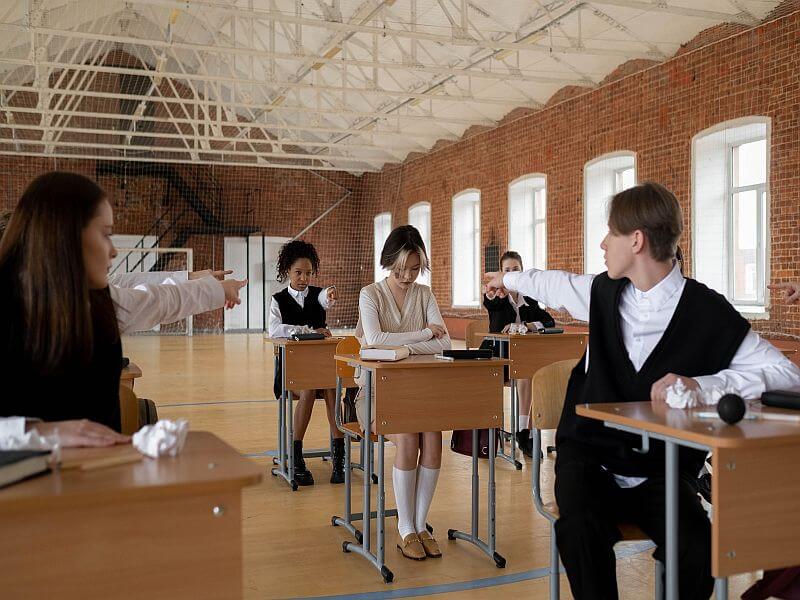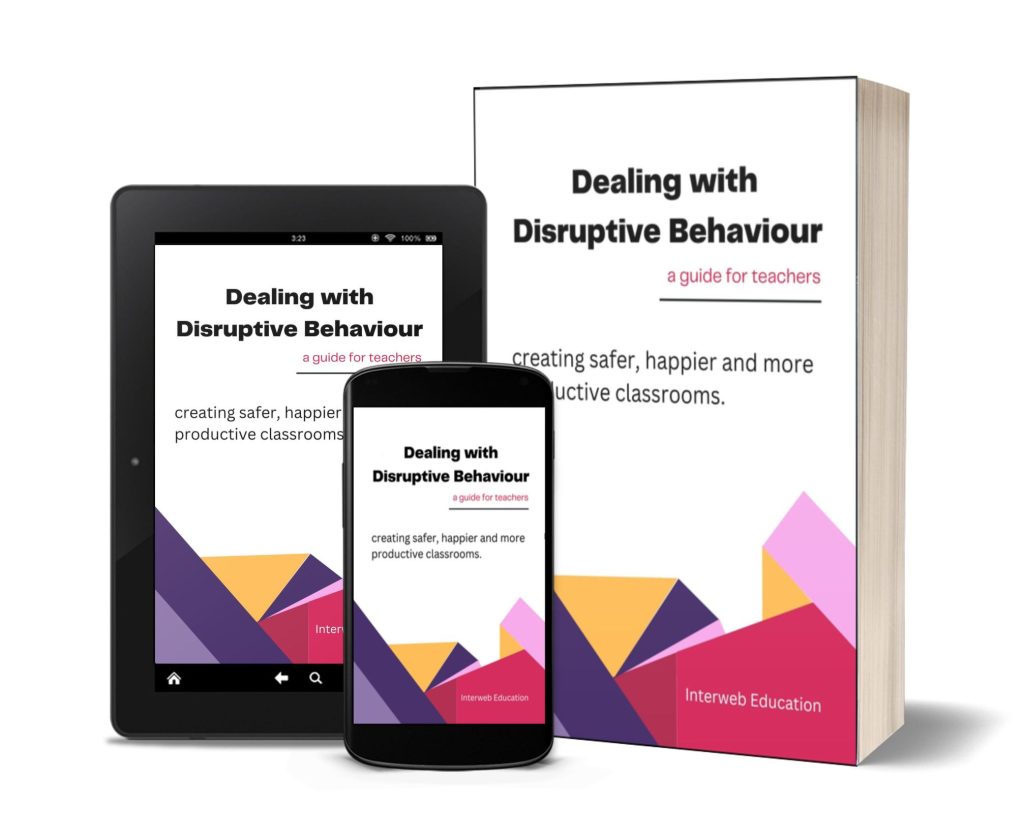Dealing with Disruptive Behaviour
Dealing with disruptive behaviour in the classroom can be a challenging and stressful task for teachers. It can not only disrupt the learning environment for the rest of the class, but it can also be harmful to the student displaying disruptive behaviour. As a teacher, it is important to address disruptive behaviour in a proactive and positive way, in order to create a positive learning environment for all students. In this article, we will discuss some strategies and tips for dealing with disruptive behaviour in the classroom.
Establish clear rules and expectations
One of the most effective ways to prevent disruptive behaviour in the classroom is to establish clear rules and expectations from the very beginning. These rules should be clearly communicated to the students and consistently enforced. It is also important to involve the students in the process of creating these rules, as this will help to create a sense of ownership and responsibility among the students.
Use positive reinforcement
Positive reinforcement is a powerful tool for shaping behaviour and can be an effective way to encourage positive behaviour in the classroom. This can be done through verbal praise, rewards, or other positive incentives. By consistently reinforcing positive behaviour, teachers can create a positive and rewarding environment for students.
Set consequences for disruptive behaviour
While positive reinforcement is a powerful tool, it is also important to set consequences for disruptive behaviour. These consequences should be clearly communicated to the students and consistently enforced. It is also important to be fair and consistent when enforcing consequences, as this helps to create a sense of fairness and respect in the classroom.
Use de-escalation techniques
Sometimes, students may become disruptive due to emotions such as frustration or anger. In these situations, it is important for teachers to use de-escalation techniques to calm the student and help them return to a state of emotional regulation. Some effective de-escalation techniques include:
- Giving the student space: Allow the student to take a break from the situation and give them some time to cool down.
- Using a calming voice: Speak in a low, calm tone to help the student feel more relaxed.
- Asking open-ended questions: Ask the student questions that require more than a yes or no answer to help them process their emotions.
- Using empathy: Show the student that you understand and validate their feelings.
Identify the root cause of the disruptive behaviour
It is important to try and understand the underlying reasons for disruptive behaviour in order to effectively address it. There may be various factors contributing to the behaviour, such as a lack of sleep, stress at home, or a learning difficulty. By identifying the root cause of the behaviour, teachers can tailor their approach and provide the necessary support and accommodations to the student.
Provide individualised support
Depending on the student’s needs, it may be necessary to provide individualised support to help address disruptive behaviour. This may involve working with the student on a one-on-one basis or providing accommodations such as extra time to complete assignments or access to assistive technology. It is important to work closely with the student, their parents, and other relevant professionals in order to develop a plan that is tailored to their specific needs.
Seek support from colleagues and school resources
Teachers don’t have to face disruptive behaviour alone. It is important to seek support from colleagues and utilize school resources such as counsellors, social workers, and school psychologists. These professionals can provide valuable insights and strategies for addressing disruptive behaviour, and can also provide support to the teacher and student.
In conclusion, dealing with disruptive behaviour in the classroom can be challenging, but with a proactive and positive approach, it is possible to create a positive and supportive learning environment.
Get your eBook today!
If you would like to learn more in detail about how to implement each of these methods and much, much more, order your copy of our 2023 eBook, Dealing with Disruptive Behaviour.

